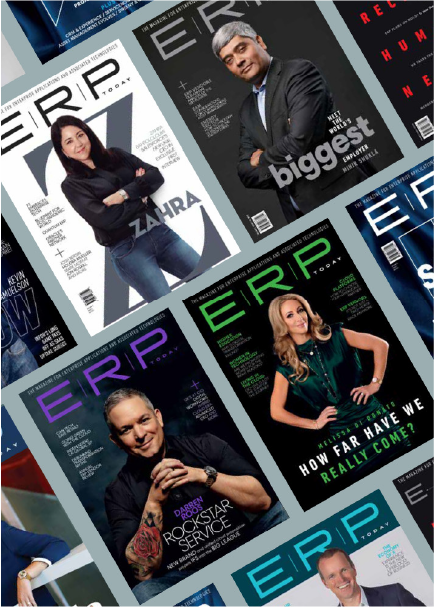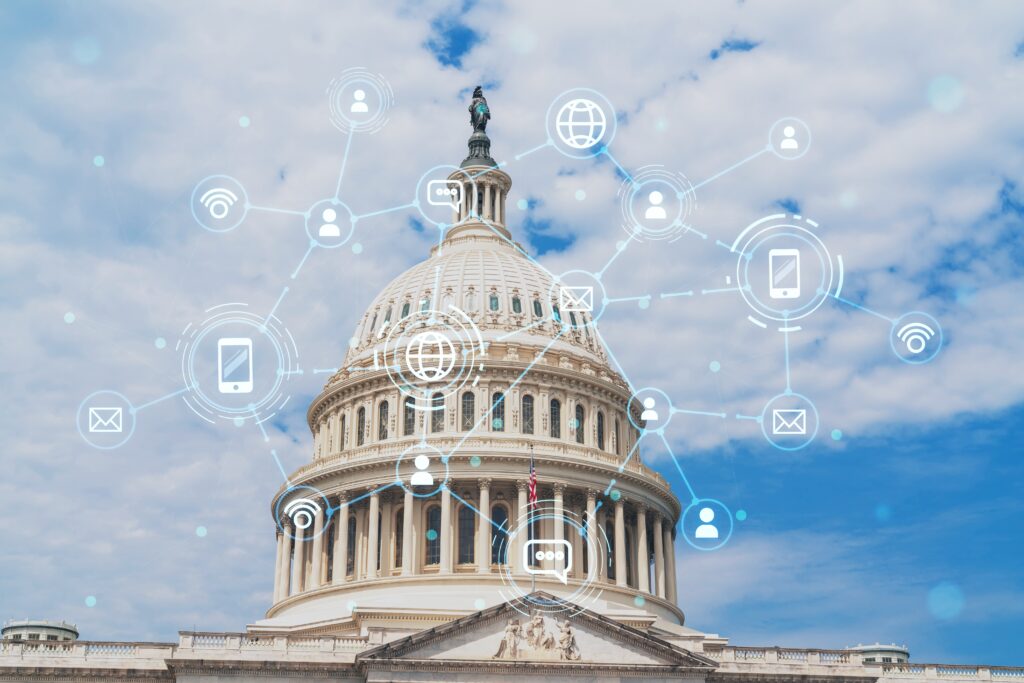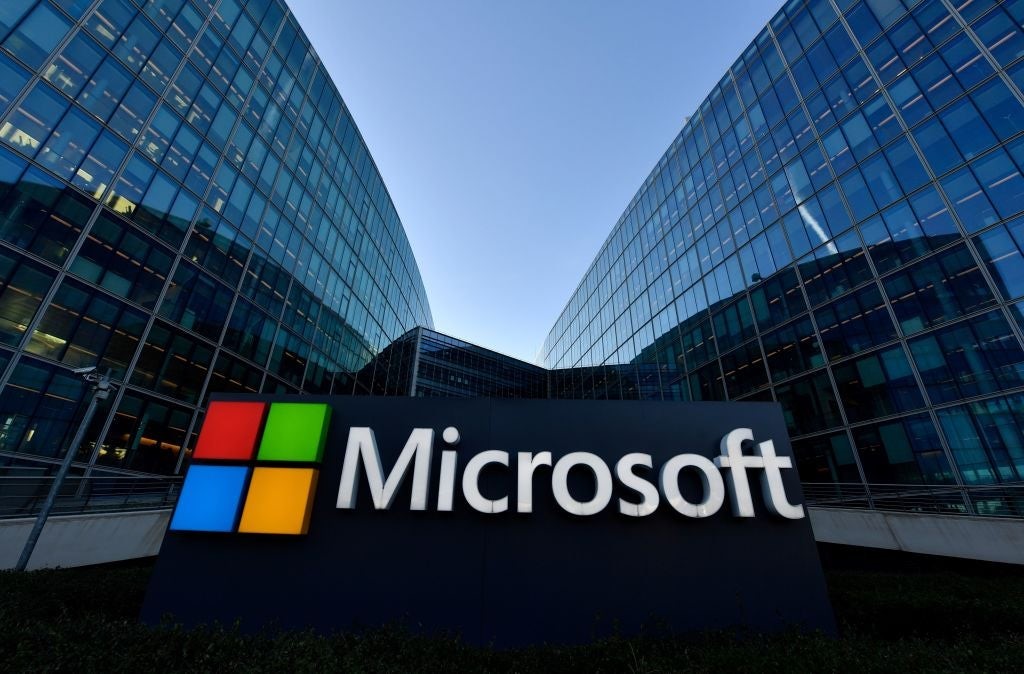Microsoft is tying its long-term AI infrastructure strategy even more tightly to OpenAI by gaining access to the startup’s custom semiconductor work, with plans to extend and adapt those designs for its own chips. Microsoft CEO Satya Nadella told Bloomberg November 12 the tech giant will “instantiate what [OpenAI] build[s]” and expand it, showing how the companies’ revised agreement integrates research, system-level engineering, and model development.
The agreement gives Microsoft access to OpenAI’s models through 2032 and to research through 2030, unless a panel of experts determines artificial general intelligence has been achieved sooner.
OpenAI intends to develop custom AI chips and networking hardware with Broadcom. While Microsoft has pursued in-house chip development, it has not matched the traction of competitors such as Google. Per the outlet, Nadella signaled that access to OpenAI’s chip designs, coupled with Microsoft’s own engineering IP rights, will strengthen the company’s ability to build proprietary silicon that supports both its hyperscale cloud footprint and its AI acceleration roadmap.
This deepened collaboration arrives as broader scrutiny intensifies around how tech firms value the massive hardware investments behind AI. For instance, investor Michael Burry, known for predicting the 2008 housing crisis, said major tech companies may be understating depreciation by extending the useful life of servers and NVIDIA-powered compute assets, Investing.com November 10 reports. Burry argued “hyperscalers” are extending lifecycles beyond the typical two to three years, potentially boosting reported earnings. He estimated that depreciation could be understated by $176 billion between 2026 and 2028. Other short sellers reportedly have raised similar concerns.
The timing of Microsoft’s more explicit chip strategy, paired with growing scrutiny of how cloud infrastructure costs are represented, reinforces that AI hardware economics are becoming a central theme in both vendor strategy and market evaluation.
What This Means for ERP Insiders
Chip strategy directly affects AI reliability, cost modeling, and long-term platform choice. Microsoft’s decision to utilize OpenAI’s chip designs signals that cloud-scale AI performance will depend heavily on proprietary silicon tuned for model efficiency. For CIOs selecting long-term ERP and AI platforms, this means understanding not only software capabilities but also the hardware roadmaps behind them. Because Microsoft now has deeper IP rights to custom designs, organizations invested in Dynamics 365 or Azure-based AI may see more predictable performance tuning and potentially improved cost structures over time.
Hardware depreciation practices are becoming a material risk factor in cloud and AI procurement. Burry’s claims, regardless of where they ultimately land, speak to a growing concern: cloud providers’ financial reporting around server fleets and GPU clusters can mask true costs. For enterprises planning multi-year AI investments, this matters. Extended useful-life assumptions can influence pricing models, long-term commitments, and the stability of service contracts. When negotiating with vendors, end users should request transparency on hardware refresh cycles, cost-allocation models, and usage-based pricing tied to AI acceleration.
ERP leaders can expect acceleration in AI performance but should plan for volatility in model economics. Microsoft’s increased access to OpenAI’s hardware innovation may translate into more performant agents, copilots, and automation features inside enterprise applications. But the market context shows AI infrastructure is still in flux. Companies evaluating ERP-embedded AI should build flexibility into roadmaps given ongoing hardware and model upgrades that affect cost, performance, and deployment patterns.






